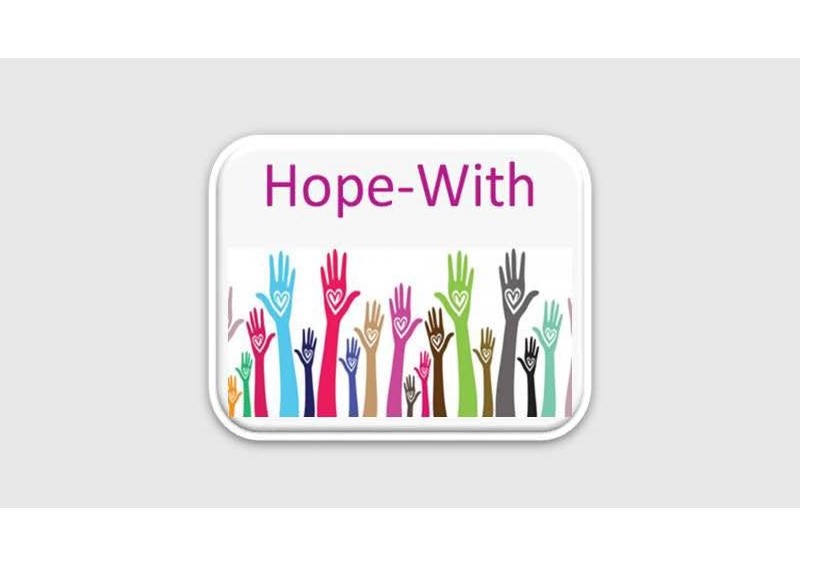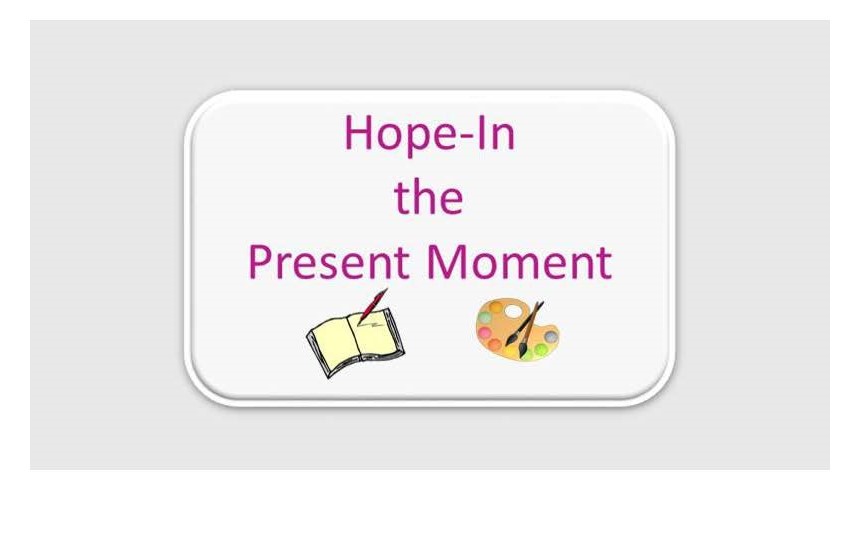Hope During Covid-19; a post from JKP Religion author, Laura Shay
During this Covid-19 pandemic, how do we help ourselves and the patients and the families we care for maintain hope?
This pandemic has shaken us to the core. The world as we knew it is no longer. Our sense of being in control has been kidnapped. Uncertainty about the future weighs heavy on our shoulders. As healthcare chaplains, we are facing our own personal struggles while trying to do our best to provide spiritual care to others. Where does hope fit in? Sure, hope can be easy for someone who has strong beliefs about a greater power that is ultimately in control and trust in that power no matter what. But people who have a belief this strong are rapidly becoming a rare commodity. Even people who claim to have a strong faith feel pretty rattled by this current situation, myself included. I think it is safe to say that everyone is experiencing some sort of existential crisis.
Today people are dying by the thousands from this monster virus. Families are often unable to be with their loved ones as they take their last breath. Mourners are unable to gather with more than 10 people for support. We have been forced to isolate and hunker down in our homes as this invisible destruction passes through. I know most of us can’t help but think about the Passover story in Exodus when the families prayed for protection as the first-born were being slaughtered.
Prior to becoming a board-certified health care chaplain working in hospice, I was a nurse in the U.S. Navy and U.S. Public Health Service. I witnessed a lot of death, especially in the early years of the AIDS epidemic when contracting pneumocystis pneumonia was equivalent to a death sentence. My concept of hope for most of my nursing career aligned with the medical model: hope was fixing the problem and doing everything possible to cure the disease.
This all changed during my first chaplaincy internship at a large medical center. Suddenly I discovered that my role was no longer to find ways to fix a problem. My role was to journey alongside someone without an agenda, without fixing anything. I felt hopeless when hope for a cure was no longer an option. I struggled to try to make sense of hope in a new way, so I chose to explore hope for my seminary dissertation, spending two years digging into the literature hoping to find the answer. Slowly a pattern began to emerge. This pattern consists of four dimensions of hope which became my framework and the focus of my book Exploring Hope in Spiritual Care: A Practical Theological Guide for Chaplains, Jessica Kingsley Publishers, 2019.
If a person concentrates all their hope on curing or fixing a problem and it does not happen, they often fall into despair. As Healthcare Chaplains, our job is to do what we can to prevent this by helping people recognize and cultivate other dimensions of hope.
For patients who are extremely ill and on ventilators from the Covid-19 virus, the focus of spiritual care has primarily been on the families. The following is an overview of the four dimensions of hope and how they may be applied to families who are dealing with the agony of being separated from their loved one during this critical time.
Hope-That
This dimension of hope is external. It depends on something outside of ourselves. It is a Hope-Thatt relies on the workings of another human being or something that has been created by someone that will fix or change a situation. It is the Hope-That medicine will find a cure for a disease. It is the Hope-That the police will find a missing child. It is a Hope-That a new device will help improve a person’s life. It is the Hope-That comes with knowing one’s affairs are in order, their loved ones will be cared for, and that everything has been arranged to help ensure for a peaceful death.
Covid-19
It is the Hope-That social distancing flattens the curve and keeps hospitals from being overwhelmed with Covid patients. It is the Hope-That a treatment will be found to lessen the severity of the disease. It is the Hope-That a vaccine will be available before there is another resurgence of the disease. It is the Hope-That your loved one will either get better or have a peaceful death. And it is the Hope-That their wishes will be honored based on their advanced directives.
Hope-In
This dimension of hope is internal. It arises from deep inside and is not dependent on another person or material thing. It may be a deep sense of a power greater than oneself, the sense of meaning in one’s life, or pride in one’s legacy. Hope-In is a type of hope that is difficult to describe because it is a feeling, a sense of peace and serenity knowing there is something beyond this life. Hope-In allows one to surrender and trust recognizing that most things in life our not in our control.
Covid-19
It is the Hope-In being able to let go and trust that we are ultimately not in control. It is the Hope-In knowing that the human spirit is resilient and that there is a power greater than ourselves at work in the universe, the God of our knowing and of many names: love, Brahma, Buddha, Yahweh, Jesus, Allah, or Great Spirit. It is the Hope-In knowing that we will remain connected to our loved one after death. This comes from the afterlife of our knowing: legacy, memories, love, being eternally cared for by Yahweh, Jesus, Allah, returning to this life, or becoming one with the universe.
Hope-With
This dimension of hope is the hope that comes from having connectivity with other people. It is that inner circle of people who will be with you in the best of times and the worst of times. It is knowing you will never be alone no matter how difficult things get.
Covid-19
It is the Hope-With that comes from connecting with the hospital staff who are directly caring for your loved one. Keeping track of their names so that you may always remember the physical touch they provided when they gave your loved one a bed bath, changed the linen, and held their hand as they took their first breath off of the ventilator or their last breath. It is the Hope-With that comes from believing that the power of their spirit channeled the power of your spirit. It is the Hope-With knowing your loved one was not alone and that inner circle who cared for your loved one will never be forgotten.
It is also the Hope-With that comes from connecting with family and friends through virtual means: phone, Zoom, or Face-Time. It is the Hope-With that comes from being able to gather creatively to say goodbye through video services and making a commitment to have a celebration of life or memorial service in the future by planning it now.
Hope-In-The-Present-Moment
This dimension of hope comes from understanding what it means to be mindful. It is a deep sense of peace that comes from knowing that the only moment that can be counted on is the very moment we are in. It is a hope that comes with the ability to let go of any fears or worries about the past or concerns about the future and embrace the present moment.
Covid-19
It is the Hope-In-The Present Moment that comes from being able to have moments of stillness, keeping your mind only on what is happening in your immediate surroundings. Turning off the television, paying attention to the sounds that surround you. Using a guided meditation App or doing an activity that brings you into the moment: Jigsaw puzzle, art, music, a home project, baking, or cooking, reading scripture, poetry, or a novel. Keeping a journal, writing a letter to your loved one that you can read when the nurse holds the phone up to his/her ear. Saying words of strength, love and prayer as you read the healthcare workers names on the list you have been keeping. Doing whatever it takes to try to embrace one moment at a time.
I wish to end this overview with these brief words:
Even the destructive wind of a hurricane has a peaceful center.
May all those who are suffering from Covid-19 either directly or indirectly find their peaceful center and may they especially never lose hope.
For questions, comments, or inquiries, Laura encourages you to reach out to her at: hopeintoday1@gmail.com



